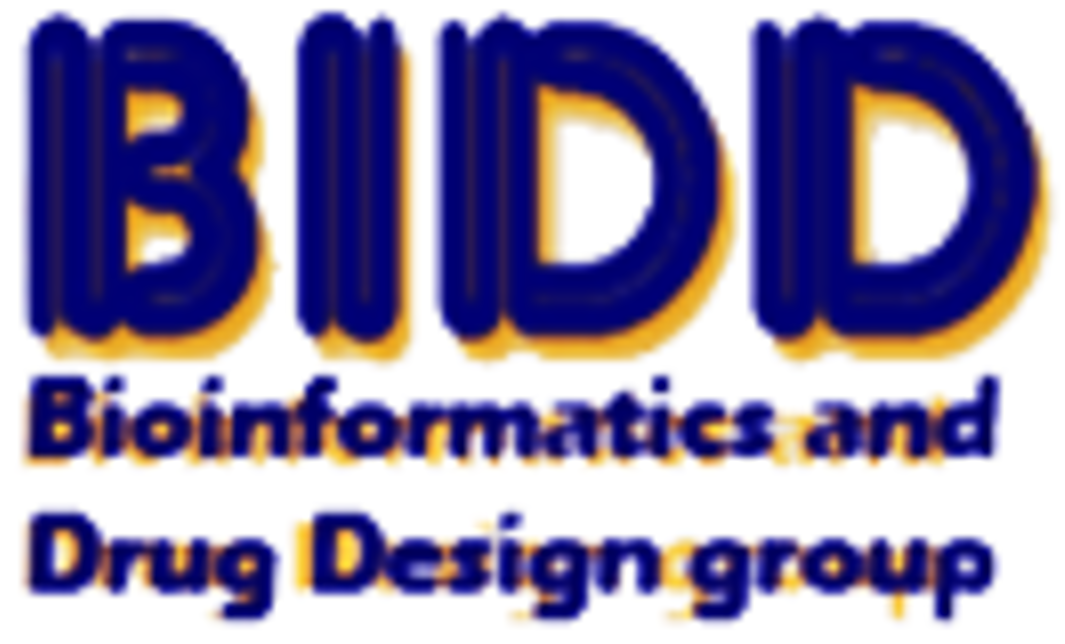| Target Validation Information | |||||
|---|---|---|---|---|---|
| Target ID | T58454 | ||||
| Target Name | Fibroblast growth factor receptor 2 | ||||
| Target Type | Successful |
||||
| Drug Potency against Target | TG-100435 | Drug Info | Ki = 493 nM | [528527] | |
| PD-0183812 | Drug Info | IC50 = 8620 nM | [525924] | ||
| AEE-788 | Drug Info | IC50 = 13~100 nM | [552659] | ||
| Ro-4396686 | Drug Info | IC50 = 92 nM | [528018] | ||
| Trafermin | Drug Info | IC50 = 0.8 nM | [552385] | ||
| Action against Disease Model | Pentosan Polysulfate | The purpose of this study was to determine whether PPS might also interfere with stimulation of endothelial cells by other growth factors released from t uMor cells and whether the promising antit uMor effects of PPS extend to other h uMan t uMor cell lines. We studied the effects of PPS on stimulation by heparin-binding growth factors released from seven h uMan t uMor cell lines in vitro and on t uMors growing from these cell lines in athymic nude mice.Seven h uMan cell lines established from breast, prostate, epidermoid, and lung carcinomas and rhabdomyosarcoma were used in in vivo as well as in vitro studies of the effects of PPS. We also studied in vitro the effects of PPS on growth factor-induced colony formation of normal rat kidney fibroblasts and h uMan adrenal carcinoma cells.The t uMor cell lines released growth factors into their media that stimulated growth of endothelial and epithelial cells as well as fibroblasts. Heparin-affinity chromatography showed that heparin-binding growth factors contributed substantially to this paracrine activity and that PPS inhibited this stimulus. Six of the seven t uMor cell lines were resistant to PPS in soft-agarcloning assays and hence did not appear to depend on autocrine stimulation by the heparin-binding growth factors. In contrast to this in vitro resistance, subcutaneous growth of t uMors from all celllines in athymic nude mice was inhibited in a dose-dependent fashion by daily intraperitoneal injections of PPS. | [552353] | Drug Info | |
| Interferon Alfa-2a, Recombinant | Rhabdomyosarcoma, a t uMor of skeletal muscle origin, appears developmentally arrested at an early stage in the myogenic differentiation pathway. The proliferation of an alveolar rhabdomyosarcoma cell line Rh30 is dependent on the insulin-like growth factor (IGF) II/IGF-I receptor (IGF-IR) signaling pathway and is highly sensitive to recombinant h uMan IFN-alpha 2a, which induces growth arrest and differentiation of these malignant myoblasts. IFN-alpha 2a-induced growth arrest of Rh30 cells was observed within 48 h, and reduction in colony formation was obtained with an IC50 of 0.81 IU/ ml for 72 h exposure. Down-regulated expression of IGF-IR was apparent by 24 h after initiation of IFN-alpha 2a treatment. Furthermore, an initial increase followed by reduced expression of MyoD, in concert with elevated expression of myogenin, increased frequency of skeletal muscle myosin-positive cells, and the formation of multinucleated cells, indicated an enhancement of differentiation of Rh30 cells in the presence of IFN-alpha 2a. To probe the role of IGF-IR in the differentiation of Rh30 cells along the myogenic lineage, the effect of antisense RNA-mediated reduction ofendogenous IGF-IR on growth and expression of muscle-specific proteins was determined. Rh30 cells transfected to stably express antisense IGF-IR (clone AS [symbol: see text] 23)showed significant reduction in growth rate, decreased expression of IGF-IR protein, increased expression of MyoD, myosin heavy chain, and an increased n uMber of multinucleated cells in comparison to the parental line. These data are consistent with overexpression of IGF-IR inhibiting differentiation. IFN-alpha 2a treatment of AS [symbol: see text] 23 cells further induced both MyoD and myogenin expression, thereby allowing cells to proceed further downstream of the differentiation pathway. | [553246] | Drug Info | ||
| References | |||||
| Ref 528527 | Bioorg Med Chem Lett. 2007 Feb 1;17(3):602-8. Epub 2006 Nov 7.Discovery of [7-(2,6-dichlorophenyl)-5-methylbenzo [1,2,4]triazin-3-yl]-[4-(2-pyrrolidin-1-ylethoxy)phenyl]amine--a potent, orally active Src kinase inhibitor with anti-tumor activity in preclinical assays. | ||||
| Ref 525924 | J Med Chem. 2000 Nov 30;43(24):4606-16.Pyrido[2,3-d]pyrimidin-7-one inhibitors of cyclin-dependent kinases. | ||||
| Ref 552353 | Inhibition by pentosan polysulfate (PPS) of heparin-binding growth factors released from tumor cells and blockage by PPS of tumor growth in animals. J Natl Cancer Inst. 1992 Nov 18;84(22):1716-24. | ||||
| Ref 552659 | VEGF/VEGFR signalling as a target for inhibiting angiogenesis. Expert Opin Investig Drugs. 2007 Jan;16(1):83-107. | ||||
| Ref 553246 | Alpha 2a-interferon-induced differentiation of human alveolar rhabdomyosarcoma cells: correlation with down-regulation of the insulin-like growth factor type I receptor. Cell Growth Differ. 1996 Apr;7(4):531-41. | ||||
| Ref 528018 | Bioorg Med Chem Lett. 2006 Apr 1;16(7):1950-3. Epub 2006 Feb 3.Biological evaluation of a multi-targeted small molecule inhibitor of tumor-induced angiogenesis. | ||||
| Ref 552385 | Targeting metalloenzymes: a strategy that works. Curr Opin Pharmacol. 2003 Oct;3(5):502-7. | ||||
If You Find Any Error in Data or Bug in Web Service, Please Kindly Report It to Dr. Zhou and Dr. Zhang.

